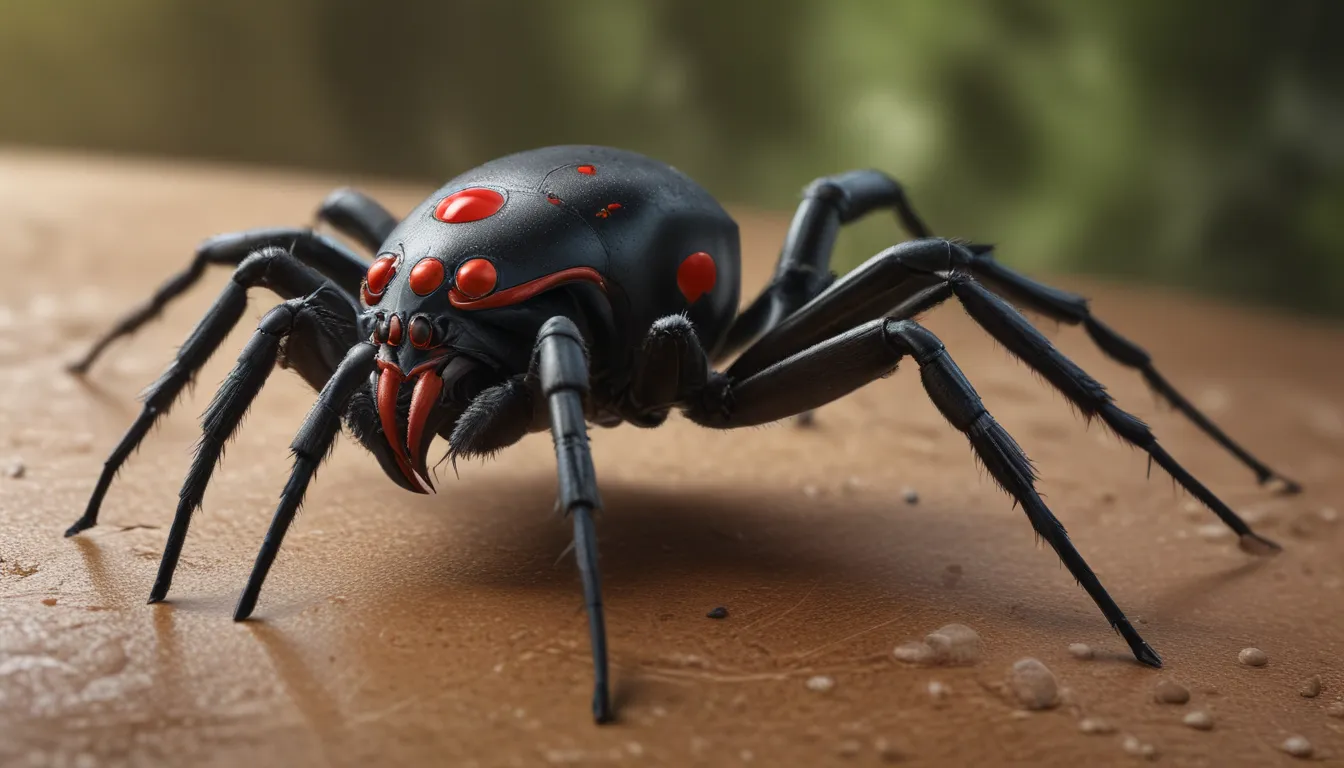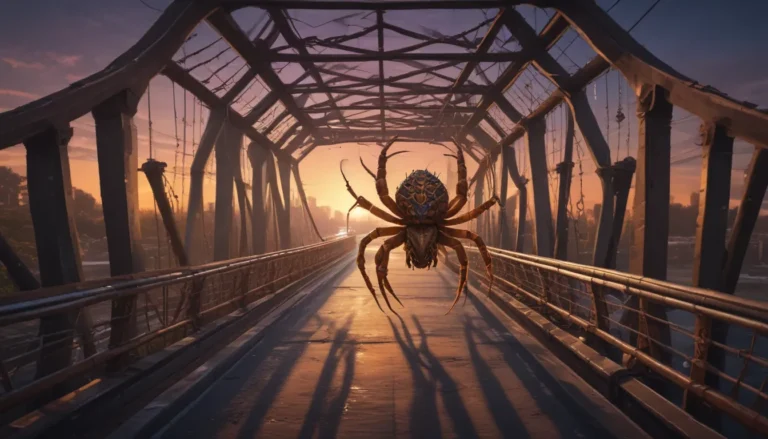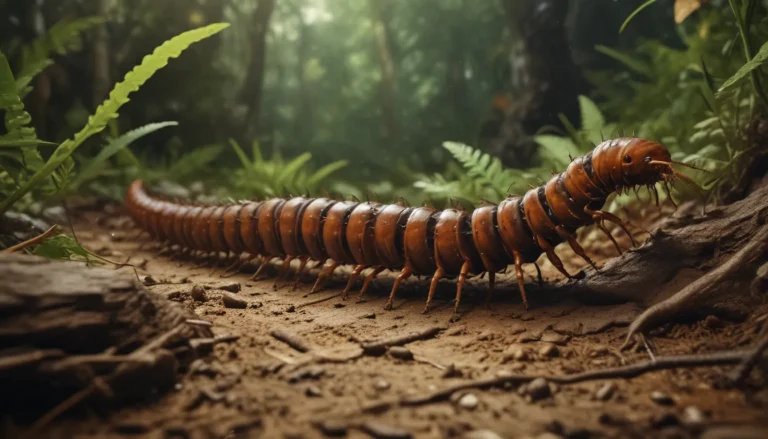The pictures we use in our articles might not show exactly what the words say. We choose these pictures to make you interested in reading more. The pictures work together with the words but don’t take their place. The words still tell you the important facts.
If you come across a black widow spider, be cautious! While their venom can be harmful, these creatures are often shy and only bite in self-defense. Understanding black widow spider facts can help you stay safe and informed in case of an encounter. Let's dive into the fascinating world of black widow spiders!
Female Black Widow Spiders Eat the Male After Mating
The female black widow spider is known for its unique behavior of consuming the male after mating. This phenomenon, often termed as "sexual cannibalism," serves a crucial purpose in the spider's reproductive cycle. Scientists suggest that the female requires the protein from the male to support the development of her eggs, leading to this grisly post-mating ritual.
Only the Female Black Widow Spider is Venomous
While both male and female black widow spiders can be intimidating, it's essential to note that only the female carries venom glands. This venom can be potent and dangerous to other organisms, including humans. Though black widow spiders rarely bite humans, their venom is reputed to be 15 times more potent than that of a rattlesnake, causing symptoms like nausea, muscle aches, and diaphragm paralysis.
Black Widow Spiders Create Silk-like Webs
Black widow spiders are skilled at spinning intricate, silk-like webs in dark, secluded areas such as under logs and drain pipes. These webs serve as traps for unsuspecting insects, which become entangled in the sticky silk. The black widow then strikes, injecting venom into its prey before wrapping it in a cocoon of webbing.
Black Widow Spiders Lay Hundreds of Eggs
During the summer months, female black widow spiders lay anywhere from 250 to 750 eggs. These eggs are kept safe in a papery sac attached to the spider's web, where they incubate for about 20 days. Once hatched, the spiderlings, which display white and orange markings, remain on the web for approximately 30 days. However, due to their cannibalistic tendencies, only a few offspring may survive to maturity.
Not All Black Widow Spiders Are Black
Contrary to popular belief, not all black widow spiders are black in color. While many species sport the classic black hue, some variants appear in shades of red and brown. Varieties such as the northern, southern, and western black widows, as well as the European black widow and Australian redback black widow, showcase a diverse range of colors within the black widow spider family.
Black Widow Spider Species Exhibit Unique Markings
Female black widow spiders are often identified by the distinctive hourglass design on their abdomens. However, variations in this marking exist among different species. For instance, northern black widows may display a fragmented hourglass pattern or a series of red dots, whereas southern black widows typically feature a complete hourglass shape. In contrast, male black widow spiders commonly exhibit brown coloring with white markings.
Black Widow Spiders Contribute to Ecosystem Balance
Despite their ominous reputation, black widow spiders play a crucial role in maintaining ecosystem balance. By preying on insects that harbor diseases and pests that threaten plant life, these spiders help control populations of flies, mosquitoes, beetles, locusts, caterpillars, and other harmful organisms. This natural pest control mechanism ensures a harmonious ecosystem where each species fulfills its vital role.
As we unravel the mysteries of black widow spiders, it becomes evident that these creatures possess extraordinary adaptations and behaviors that warrant admiration and respect. By understanding their role in nature and appreciating their intricate biology, we can foster a deeper appreciation for these remarkable arachnids.
Conclusion
Delving into the world of black widow spiders offers a glimpse into the intricate web of life that surrounds us. By shedding light on these fascinating creatures, we gain a greater understanding of the delicate balance that exists in nature. Let us continue to explore and appreciate the wonders of the natural world, guided by curiosity, respect, and a sense of wonder. Embrace the diversity of life, and let the stories of black widow spiders inspire you to delve deeper into the mysteries of the world around us.






